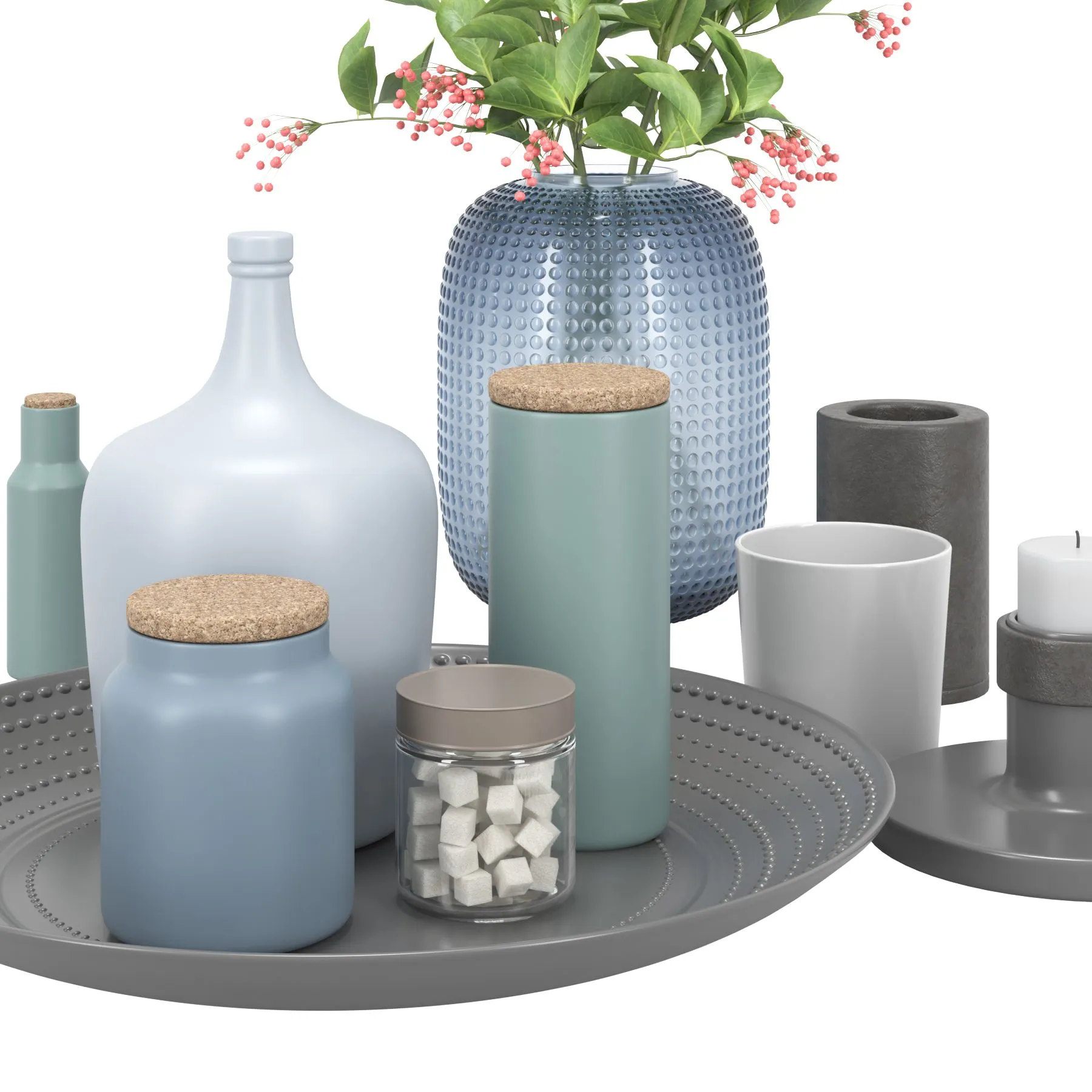Explore Kitchen Decor 3D Models
Kitchen design has evolved significantly, and today’s homeowners have access to powerful tools that can transform their vision into reality. Kitchen decor 3D models are at the forefront of this revolution, offering a dynamic and immersive way to visualize and plan your ideal kitchen space. These models allow you to experiment with different layouts, materials, and styles before committing to any costly renovations. By utilizing 3D models, you can avoid potential design flaws and ensure that the final result perfectly aligns with your aesthetic preferences and functional needs. The ability to virtually walk through your kitchen, see how light interacts with surfaces, and assess the flow of space is invaluable in the design process. This approach empowers you to make informed decisions and create a kitchen that is both beautiful and practical. This article explores the world of kitchen decor 3D models and reveals the top design ideas to inspire your next kitchen renovation project.
Understanding 3D Models in Kitchen Design
Kitchen design 3D models are digital representations of kitchen spaces, created using specialized software. They go beyond simple sketches or floor plans, offering a three-dimensional view that allows you to see the space from every angle. These models typically include detailed representations of cabinetry, appliances, countertops, flooring, and other design elements. The level of detail can range from basic outlines to photorealistic renderings, depending on the software and the user’s skill. The creation process often involves inputting measurements, selecting materials, and customizing features to match your specific requirements. The best models allow you to change colors, textures, and even the position of objects to see how they look in your virtual kitchen. These interactive features provide a realistic preview of the finished result, making them an indispensable tool for both homeowners and professional designers. By simulating lighting conditions and allowing for virtual tours, 3D models offer a comprehensive understanding of how a kitchen design will look and feel.
Benefits of Using Kitchen Decor 3D Models
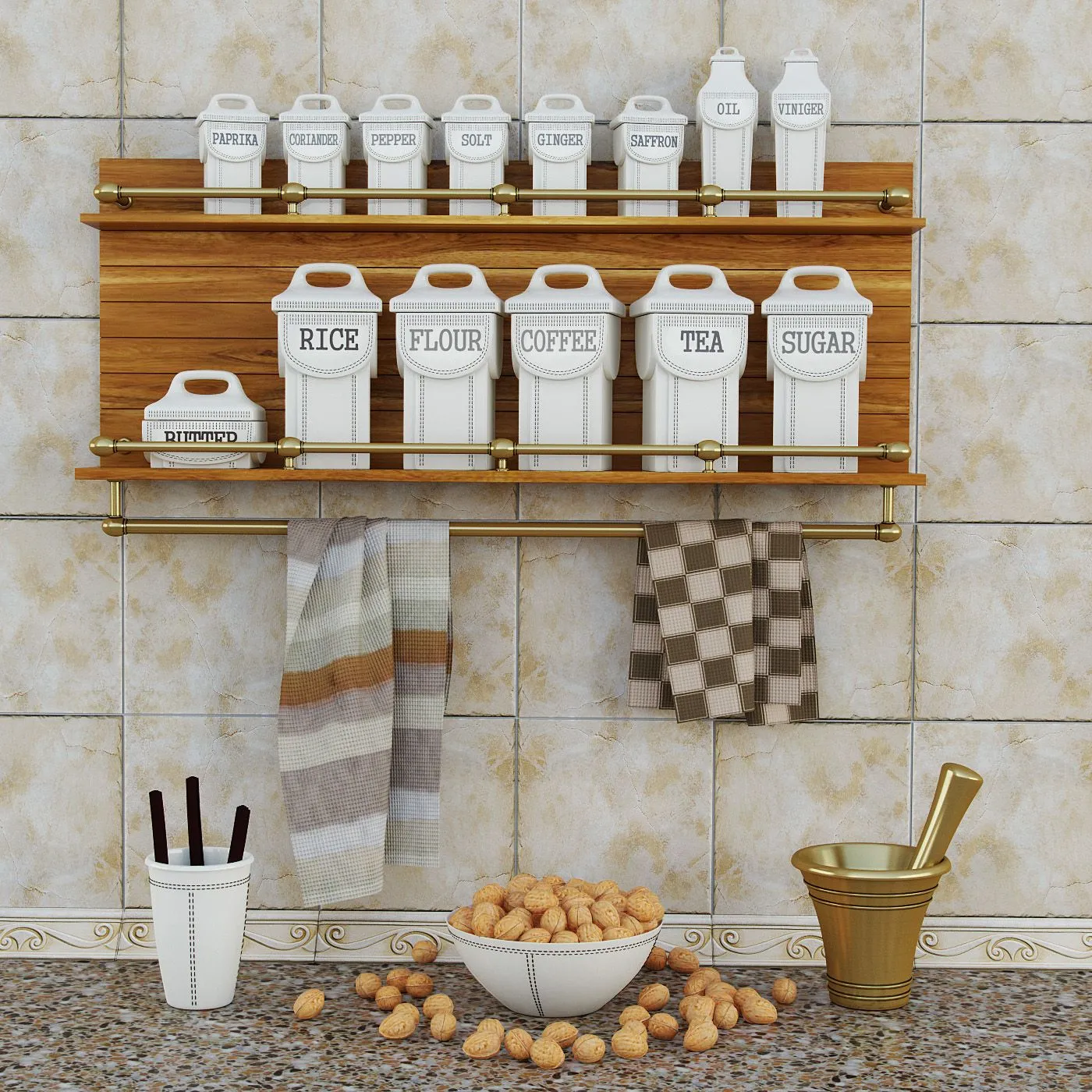
The advantages of using kitchen decor 3D models are numerous. Perhaps the most significant benefit is the ability to visualize your design before any construction begins. This drastically reduces the risk of costly mistakes and ensures that the final result matches your expectations. These models also facilitate better communication between homeowners, designers, and contractors. By sharing a 3D model, everyone involved in the project can see the same vision, minimizing misunderstandings and ensuring that everyone is on the same page. Moreover, 3D models allow for experimentation with different design choices. You can try various layouts, materials, and color schemes without the expense of physically altering the space. This flexibility enables you to explore different design options and identify the perfect combination of aesthetics and functionality. Additionally, these models are great for planning budgets, they help to understand the expenses and make design choices that fall within your set financial plan.
Top 7 Design Ideas for Kitchen Decor 3D Models
Now that we have covered the basics, let’s dive into some exciting kitchen design ideas that can be brought to life using 3D models. These ideas cover a range of styles and functionalities, offering something for every taste and lifestyle. Remember, the key is to use the 3D models to experiment with these ideas, tailoring them to your specific space and preferences. This will help you in creating a kitchen that is both beautiful and practical. Let’s start with these inspiring designs.
Modern Kitchen Designs with 3D Models
Modern kitchens are characterized by clean lines, minimalist aesthetics, and a focus on functionality. In a 3D model, you can explore sleek cabinetry with handle-less designs, integrated appliances, and open shelving. Experiment with high-gloss finishes, such as white, gray, or bold colors, to create a striking visual impact. Consider incorporating a large island with a waterfall countertop, and include modern lighting fixtures to enhance the overall design. The 3D model lets you see how the interplay of light and shadow enhances the space, and helps make choices that reflect your personality.
Contemporary Kitchen Design with 3D Models
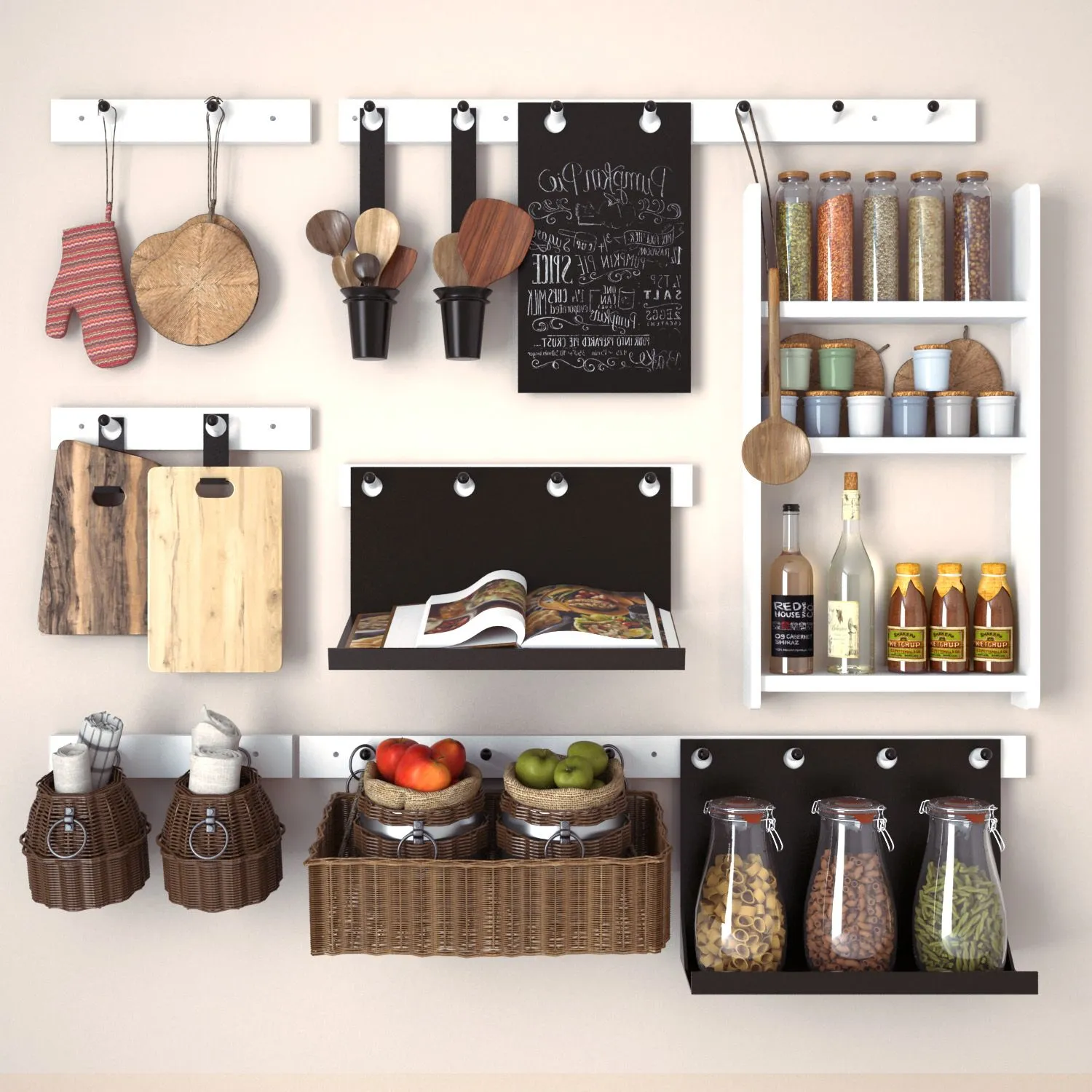
Contemporary kitchens blend modern and traditional elements, often featuring a more relaxed and inviting atmosphere. In your 3D model, you can combine sleek cabinetry with warmer wood tones, creating a balance between sophistication and comfort. Include a mix of textures, such as stone countertops and glass backsplashes, to add depth and visual interest. Consider incorporating a breakfast bar or a small dining area to enhance the kitchen’s functionality. The 3D model enables you to explore different color combinations, from neutral palettes to vibrant accent colors, helping you create a kitchen that is both stylish and welcoming.
Classic Kitchen Design with 3D Models
Classic kitchens evoke a sense of timeless elegance and charm. Using a 3D model, you can experiment with traditional cabinetry styles, such as raised panel doors and ornate details. Explore different countertop materials, like granite or marble, and choose a neutral color palette to create a warm and inviting space. Consider adding a farmhouse sink and a decorative range hood to enhance the classic aesthetic. The 3D model can also help you visualize how natural light interacts with the design, helping you choose the right window treatments and lighting fixtures to create the perfect atmosphere.
Rustic Kitchen Design with 3D Models
Rustic kitchens embrace natural materials and a cozy, lived-in aesthetic. In your 3D model, explore the use of wood cabinets with visible grain, exposed beams, and stone or brick accents. Include a farmhouse sink and open shelving to showcase your favorite kitchenware. Consider adding a large island with a butcher-block countertop and incorporating warm lighting fixtures to create a welcoming ambiance. The 3D model helps you visualize how the different textures and materials will come together to create a warm and inviting space that feels like home.
Minimalist Kitchen Design with 3D Models
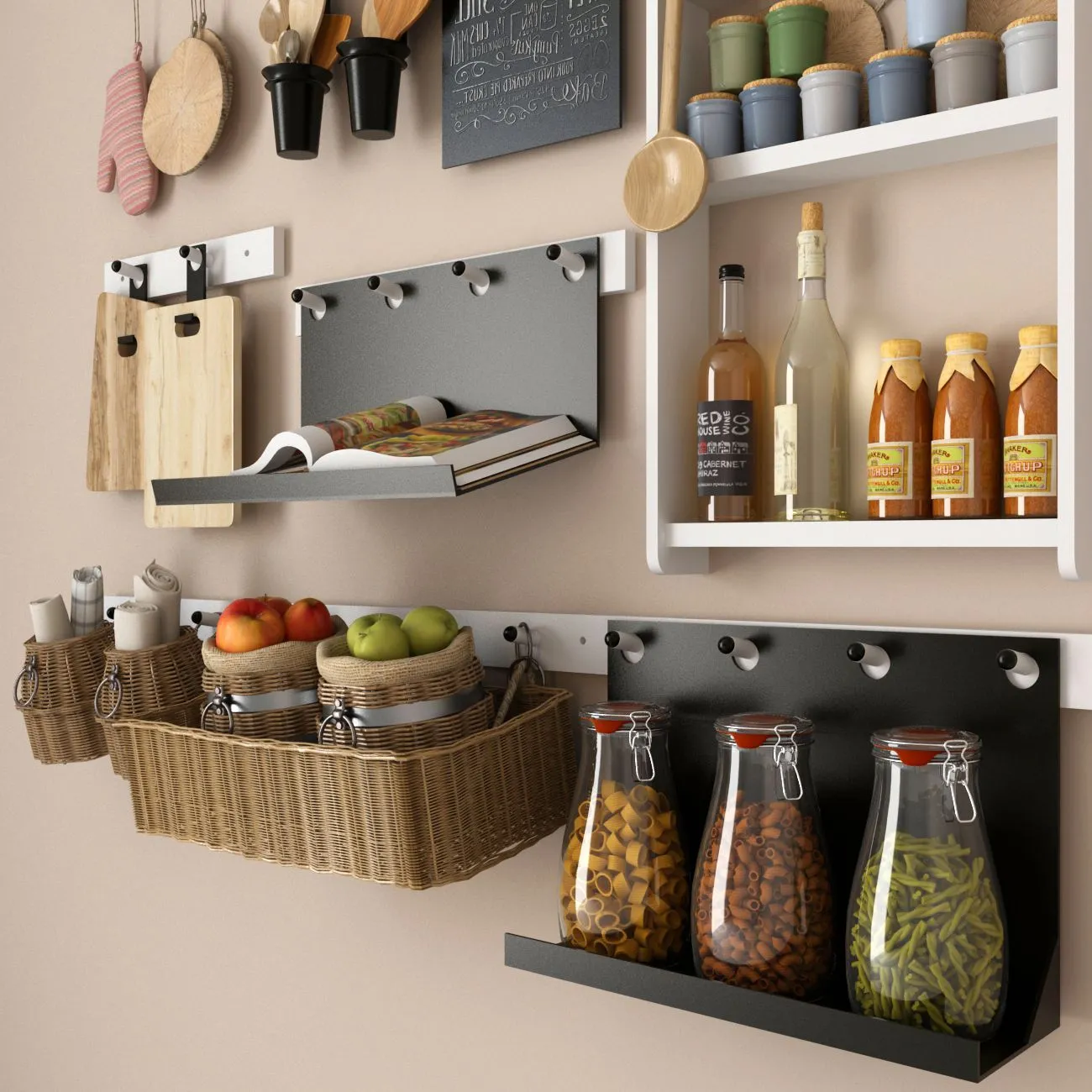
Minimalist kitchens emphasize simplicity, functionality, and a clutter-free environment. With a 3D model, you can design a space with clean lines, flat-panel cabinetry, and a neutral color palette. Focus on hidden storage solutions and integrated appliances to create a streamlined look. Use a minimalist approach to décor and choose a few, carefully selected items to create visual interest. The 3D model is extremely helpful to refine all the details, such as the placement of lighting and the selection of materials, allowing you to design a kitchen that is both stylish and functional.
Scandinavian Kitchen Design with 3D Models
Scandinavian kitchens are known for their bright, airy, and functional designs. In your 3D model, experiment with light wood cabinets, white walls, and natural light to create a sense of spaciousness. Incorporate pops of color with textiles and accessories, and include open shelving to display your favorite items. Consider adding a breakfast nook or a small dining area to enhance the kitchen’s functionality. The 3D model will help you experiment with different layouts, allowing you to design a kitchen that is both stylish and practical.
Industrial Kitchen Design with 3D Models
Industrial kitchens blend raw materials with a modern aesthetic. In your 3D model, explore the use of exposed brick, concrete countertops, and metal accents. Incorporate open shelving, a stainless steel range hood, and pendant lighting to enhance the industrial vibe. Consider adding a large island with a prep sink and a breakfast bar to enhance the kitchen’s functionality. The 3D model helps you visualize how the different textures and materials will come together to create a cool and edgy space.
Tips for Choosing the Right 3D Model
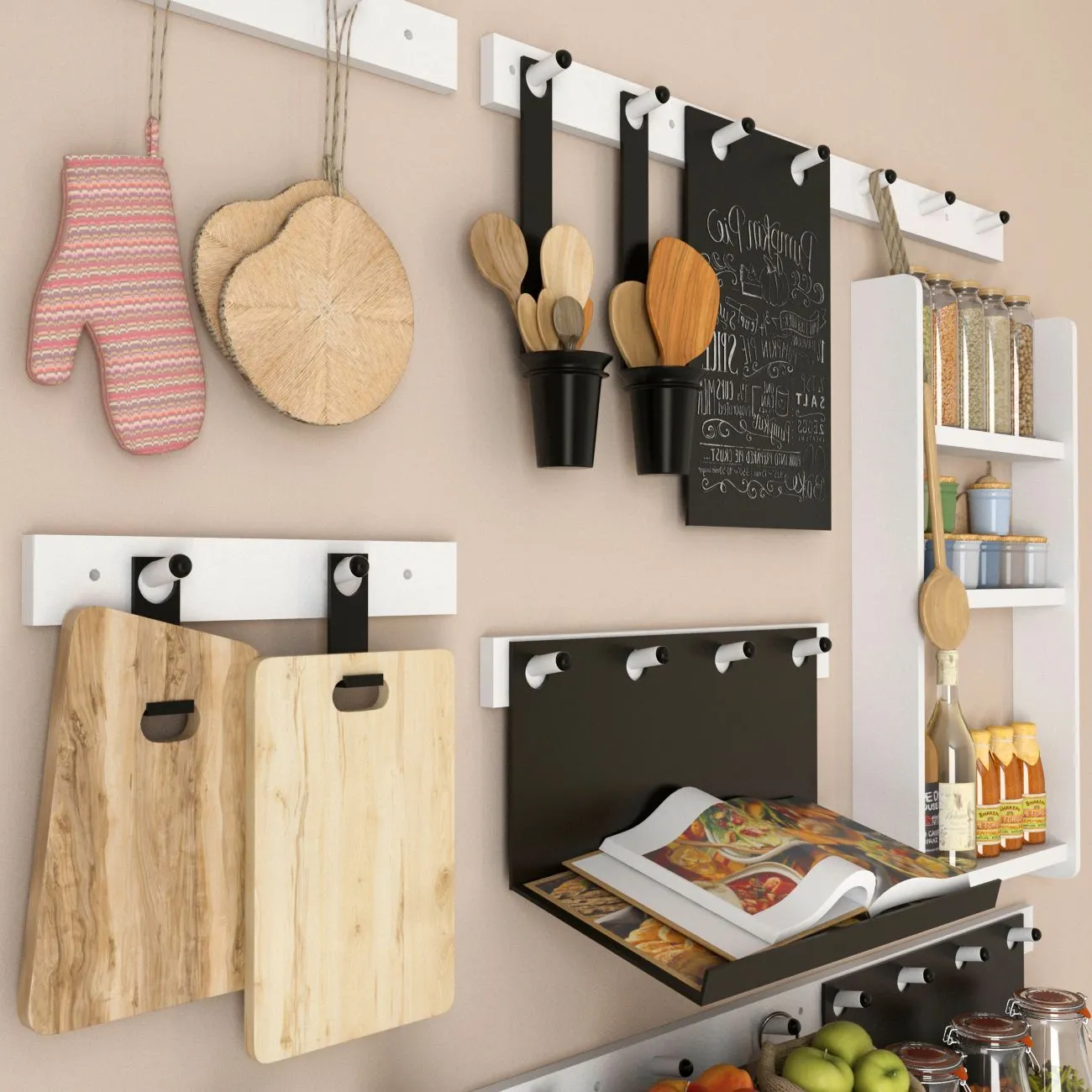
When choosing a 3D model for your kitchen design project, consider a few important factors. First, ensure the software is user-friendly and has all the features you need to create your perfect kitchen, with the functionalities you desire. Consider the level of detail you require. If you need photorealistic renderings, you’ll want software that offers high-quality textures and lighting options. Evaluate the software’s compatibility with your existing devices. Finally, consider the cost and availability of support and tutorials to make sure you’re supported throughout the design process. The goal is to find a tool that empowers you to achieve your design goals.
Where to Find Kitchen Decor 3D Models
There are numerous resources where you can find kitchen decor 3D models. Many online platforms offer a vast library of models, both free and paid. Some popular websites include SketchUp, 3D Warehouse, and TurboSquid. You can find models of various kitchen elements, including cabinets, appliances, and accessories. Additionally, some kitchen design companies offer their own 3D models or design tools on their websites. When sourcing models, pay attention to the file format, making sure it is compatible with your design software. You can explore different options and choose the ones that best meet your needs and budget.
Free vs. Paid 3D Model Resources
When it comes to kitchen decor 3D models, you have the option of free and paid resources. Free models are often available on various online platforms and can be a great starting point for beginners or those on a budget. However, free models may have limitations in terms of detail, customization options, and file formats. Paid models offer a higher level of detail, more customization options, and often come with professional support. The choice between free and paid resources depends on your specific needs and budget. If you are a beginner or have basic design needs, free models can be sufficient. If you require high-quality renderings and advanced features, paid models are generally the better option.
Integrating 3D Models into Your Design Process
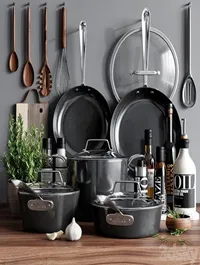
Integrating 3D models into your kitchen design process is a straightforward way to enhance your planning experience. Start by selecting the software or platform that best suits your needs. Gather your measurements, preferences, and other design details, and then begin to build your virtual kitchen. Experiment with different layouts, materials, and color schemes. Once you are satisfied with your design, use the model to communicate your vision to contractors and other stakeholders. Make adjustments as needed and use the model as a guide throughout the renovation process. This iterative approach ensures that your final kitchen design will meet your expectations. Through 3D models, you can make informed decisions and bring your kitchen vision to life.
